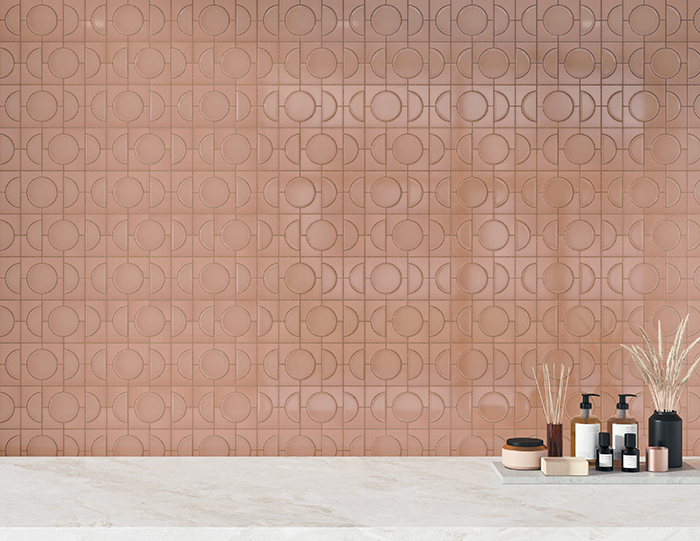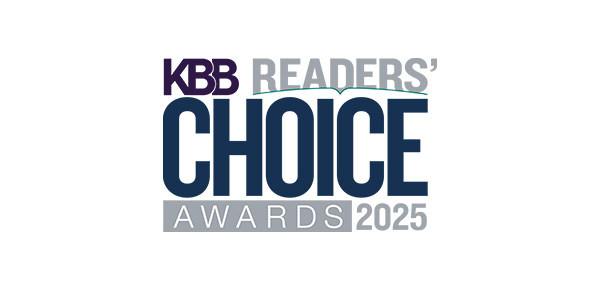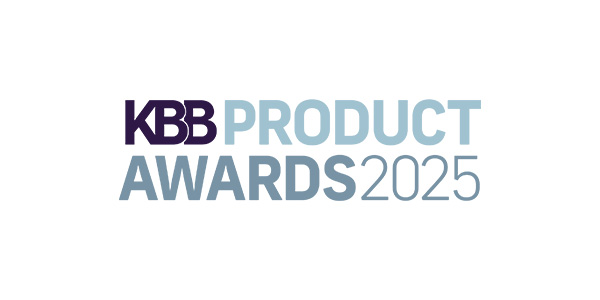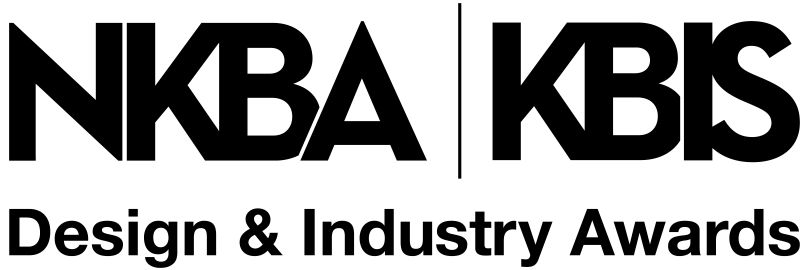Tile has a history that stretches back centuries. Before it was used as a focal point, a practical surface or a sturdy flooring material, it was used in everyday circumstances like terracotta roofing or as an art form in cathedrals and palaces. Tile – whether it’s ceramic, porcelain, glass, cement or stone – is still used today in our homes as a beautiful and functional design element. KBB spoke with four tile designers to find out more about the process, their inspirations and what they think is coming next.
The Role of a Tile Designer
“In bringing product concepts to life in my job, I believe I am providing elements for grander visions. Be it a bold focal point or a subtle backdrop, we are not designing the space but rather providing pieces that help support the real magic: the designer’s vision for the space. “
– Scott Jones, director of product management and development, Crossville
“My path as a product designer is intertwined with my life as a potter. I started making pottery at a young age and soon learned that clay – functional ceramics in particular – is a common thread in virtually all inhabited continents and all cultures around the world. Studying ceramics for me became a gateway to studying the history of people and places. As my practice grew, it became clear to me that the objects I made had to be driven by content. I no longer felt like I wanted to make work for the simple beauty of design but also for its content and the stories it told. Tile came later, and it opened my eyes to another part of history, and I revel in what I am learning day to day.”
– Forrest Lesch-Middelton, FLM Ceramics
“My job as a master mosaicist and designer has many different aspects. I have a hand in the mosaic-making process from the very start of an idea until the finished product ships out the door. Developing our new mosaic designs begins with research: I look for what’s missing in our industry, try to find hints of emerging trends and brainstorm ways to innovate existing products to make a process more efficient or a product more interesting. Then, I sketch out my ideas, engineer a path from sketch to mosaic and create the first mosaic prototype of the pattern. At this point, I have fun experimenting with new materials, finishes and processes.”
– Marcie McComb, master mosaicist and designer, New Ravenna
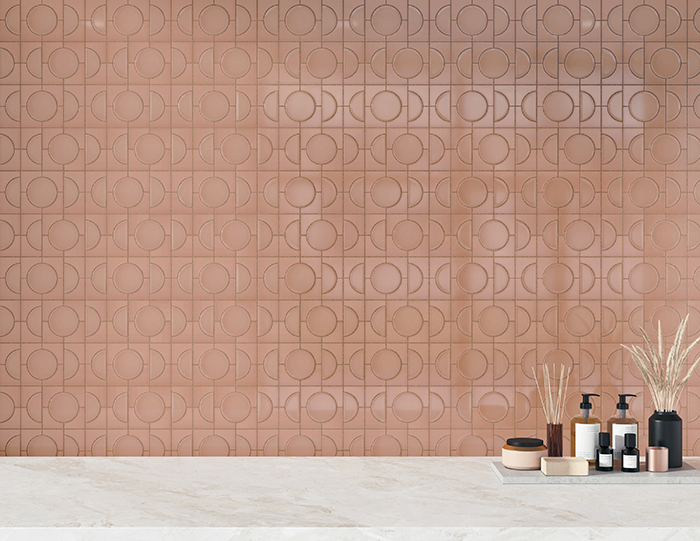 “One of my favorite products is our Cursive Collection, which we launched earlier this year. It is not a singular design but rather an incredibly varied set of simple, elegant and modular tools that offer both straight-lined geometries along with softer curves, in a comforting, artisanal, imperfect way that designers can use to create some pretty special designs.”- Jones, Crossville
“One of my favorite products is our Cursive Collection, which we launched earlier this year. It is not a singular design but rather an incredibly varied set of simple, elegant and modular tools that offer both straight-lined geometries along with softer curves, in a comforting, artisanal, imperfect way that designers can use to create some pretty special designs.”- Jones, Crossville
Challenges Experienced
“I think the primary challenge is having to frame a concept within the confines of what is practically possible, be it either from a production capabilities standpoint or a financial practicality view. There often comes that point where trade-offs must be evaluated and you may be forced to leave out a color, size or texture that intrigues you but may push the boundaries of feasibility.”
-Jones, Crossville
“I work very closely with designers; every order is made one at a time, so we are able to get an understanding of what each customer is looking for. As you can imagine, scaling is a balancing act between small-batch tile making and production level output. Our business model is almost at odds with itself since tile seems best suited for either small boutique, one-of-a-kind commissions or industrialized production. This is why communication is so important for our business. We recognize and accept the challenges that sometimes come with large-scale tile production that maintains a personal and intimate feel.”
– Lesch-Middleton, FLM Ceramics
“Our craft in itself is a challenge. Designing something cutting edge and exciting that is also commercially viable can be a real balancing act! We work very hard to keep our unique voice in a market that is growing in interest and players.”
– McComb, New Ravenna
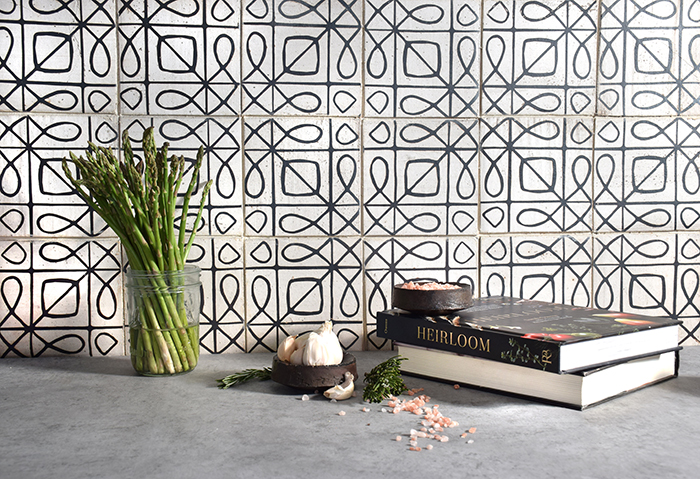 “I am so excited these days about our Sound Wave tile! The research I did into the science of sound was unbelievably compelling. Watching as a layer of sand becomes a unique pattern by simply introducing different tonal variations is mind bending. Ernst Chladni, the 18th-century physicist who studied the impact of sound on form and nature was a polymath so ahead of his time. In designing these tiles, I wanted to represent the precision of his scientific discoveries with clean lines juxtaposed against surfaces that speak of the vitality and crude uncertainty of the role of science in a changing world.”- Lesch-Middleton, FLM Ceramics
“I am so excited these days about our Sound Wave tile! The research I did into the science of sound was unbelievably compelling. Watching as a layer of sand becomes a unique pattern by simply introducing different tonal variations is mind bending. Ernst Chladni, the 18th-century physicist who studied the impact of sound on form and nature was a polymath so ahead of his time. In designing these tiles, I wanted to represent the precision of his scientific discoveries with clean lines juxtaposed against surfaces that speak of the vitality and crude uncertainty of the role of science in a changing world.”- Lesch-Middleton, FLM Ceramics
The Search for Inspiration
“Inspiration comes from what is happening around us in the world and how we see ourselves and society reacting. It comes from current design and what we feel will be the evolution or reaction to that. It can be from the natural world around us and a desire to bring that more into our lives.”
-Jones, Crossville
“When developing an idea from inspiration, I make space for a critical back and forth between concept and execution. Not every idea can be resolved technically, and frankly some ideas are just suited better to other mediums. I learned early on that good ideas take time and a certain level of introspection. Once I have thought long and hard about an idea, I take the idea to a conversational phase with the people closest to me; we talk it through and if it makes sense in conversation, we try to bring it to fruition as tile.”
– Lesch-Middleton, FLM Ceramics
“I find sights, patterns and textures that can be translated into mosaic. I’ve used jewelry, nature, fabric, colors, architecture and historic decoration as inspirations. Our design team also takes field visits to museums, gardens, markets and cities for inspiration, and we always ask our partner showrooms for feedback. When we create a collection, we pool all our inspirations and experiences and have a long brainstorming session.”
– McComb, New Ravenna
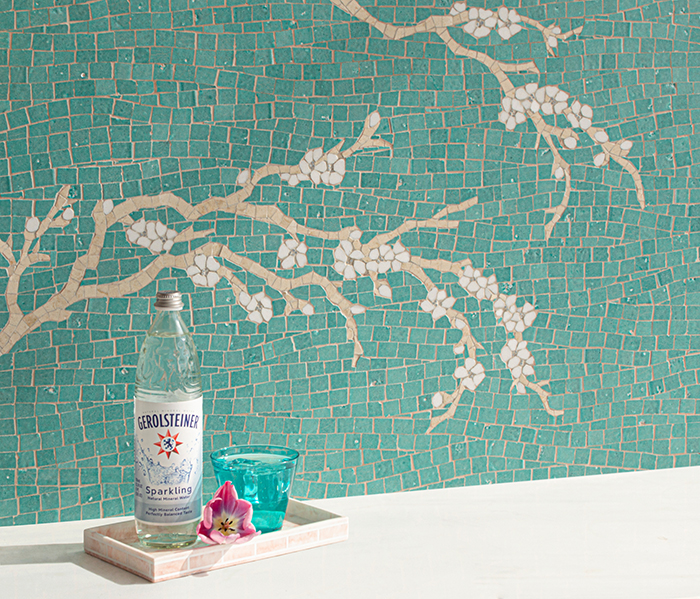 “I designed Plum Blossom and have seen it installed in kitchen backsplashes and bathrooms many times. We’ve made it in both stone and glass, but the color palette is always very tonal. While we were gathering ideas for our fall catalog, our main inspiration was mid-century modern graphic design. I never thought I’d see Plum Blossom interpreted this way, but just by playing with the new Glazed Basalto color palette, a design that was once soft and feminine is now modern and graphic.” – McComb, New Ravenna
“I designed Plum Blossom and have seen it installed in kitchen backsplashes and bathrooms many times. We’ve made it in both stone and glass, but the color palette is always very tonal. While we were gathering ideas for our fall catalog, our main inspiration was mid-century modern graphic design. I never thought I’d see Plum Blossom interpreted this way, but just by playing with the new Glazed Basalto color palette, a design that was once soft and feminine is now modern and graphic.” – McComb, New Ravenna
The Future of Tile
“I believe tile trends going forward will be a reflection of where we are now and how those will evolve to reflect the world around us. An example of this will be the continued use of geometrics and graphic designs, but I believe we will see these evolve in different ways as they reflect different needs. Some will be very straight-lined as we seek order and control in a turbulent world, while others will soften and become less linear as we seek comfort and softness in our lives.”
– Jones, Crossville
“Like with great artwork, I think people crave content in design and architecture, even if that content is hidden beneath layers of design. The best tile lives on a razor’s edge between blending in and begging a second glance. Tile should pass the test of time so that a homeowner can return to it day in and day out and continue to interact with it. I see makers turning to more interesting surfaces and a deeper look into tile’s very rich past.”
– Lesch-Middleton, FLM Ceramics
“I think we will see a move to subtle surface textures. Blends of very soft colors make it easy for designers to incorporate, and larger glass surfaces are easier to clean in our COVID-19 world.”
–Mal Fraser, Island Stone
“I’ve been in the mosaic industry for 21 years and have learned that styles and trends come and go, but it’s most interesting to watch a trend come full circle 10 years later. Based on what’s trending on our production floor, I think we are heading back toward ‘old school’ high-detail tesserae mosaics interlaced with minimal touches.”
– McComb, New Ravenna
“Many are starting to look at the technological advances in tile, and cleaning is more important than ever. Porcelain has always been great at staying clean because it is so dense and leaves little room for bacteria. Additionally, a lot of people have been looking at self-cleaning products. On a different note, there is a prominent culture of ‘on to the next,’ where people are renovating more because they get easily tired of a look. Given that tile installation is a little bit more involved than other decor, I suspect there will be innovations when it comes to ease of installation. Lastly, I think large format tiles that have become trendy in hospitality spaces will pick up residentially.”
– Katie Michael-Battaglia, Nemo Tile

